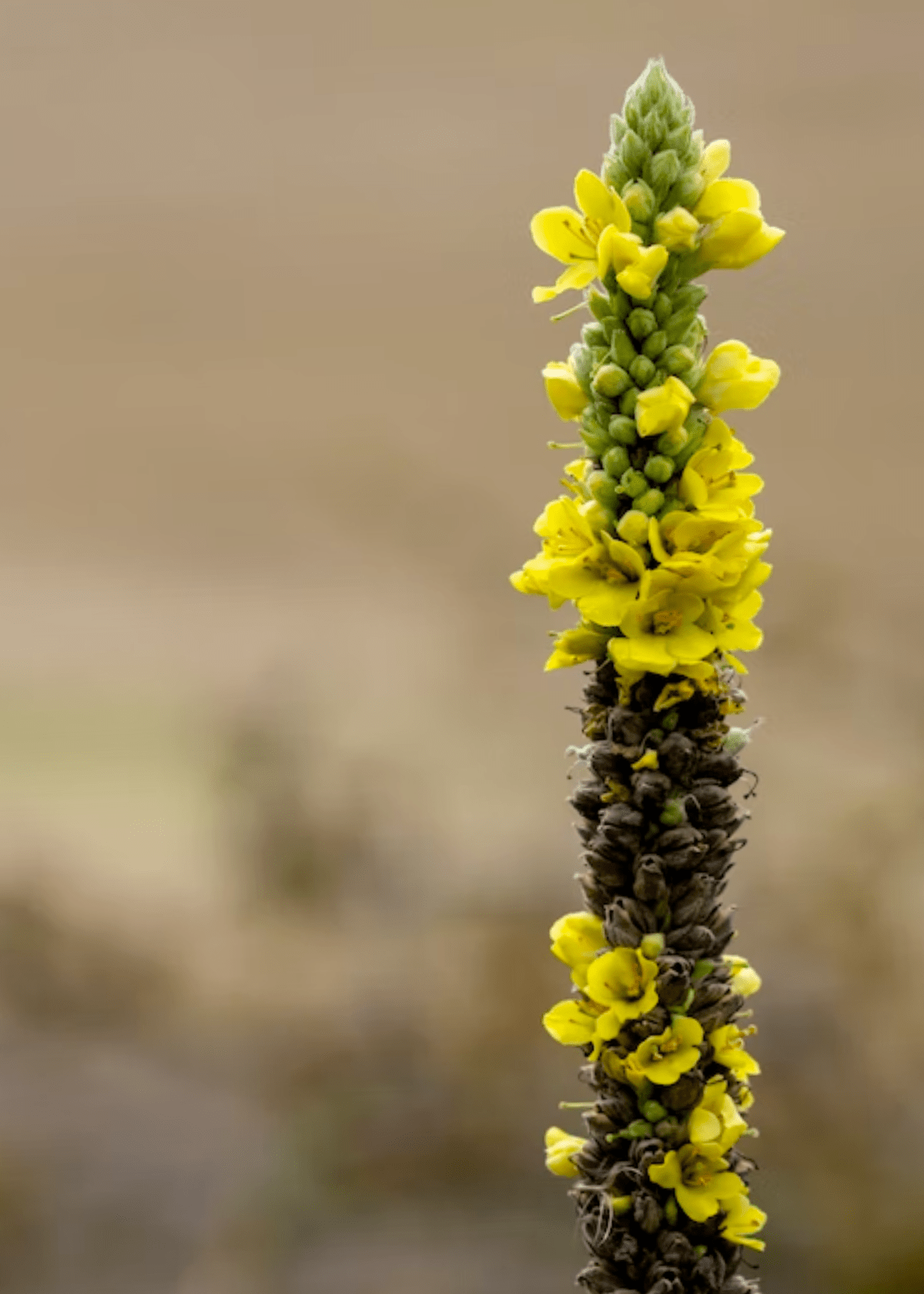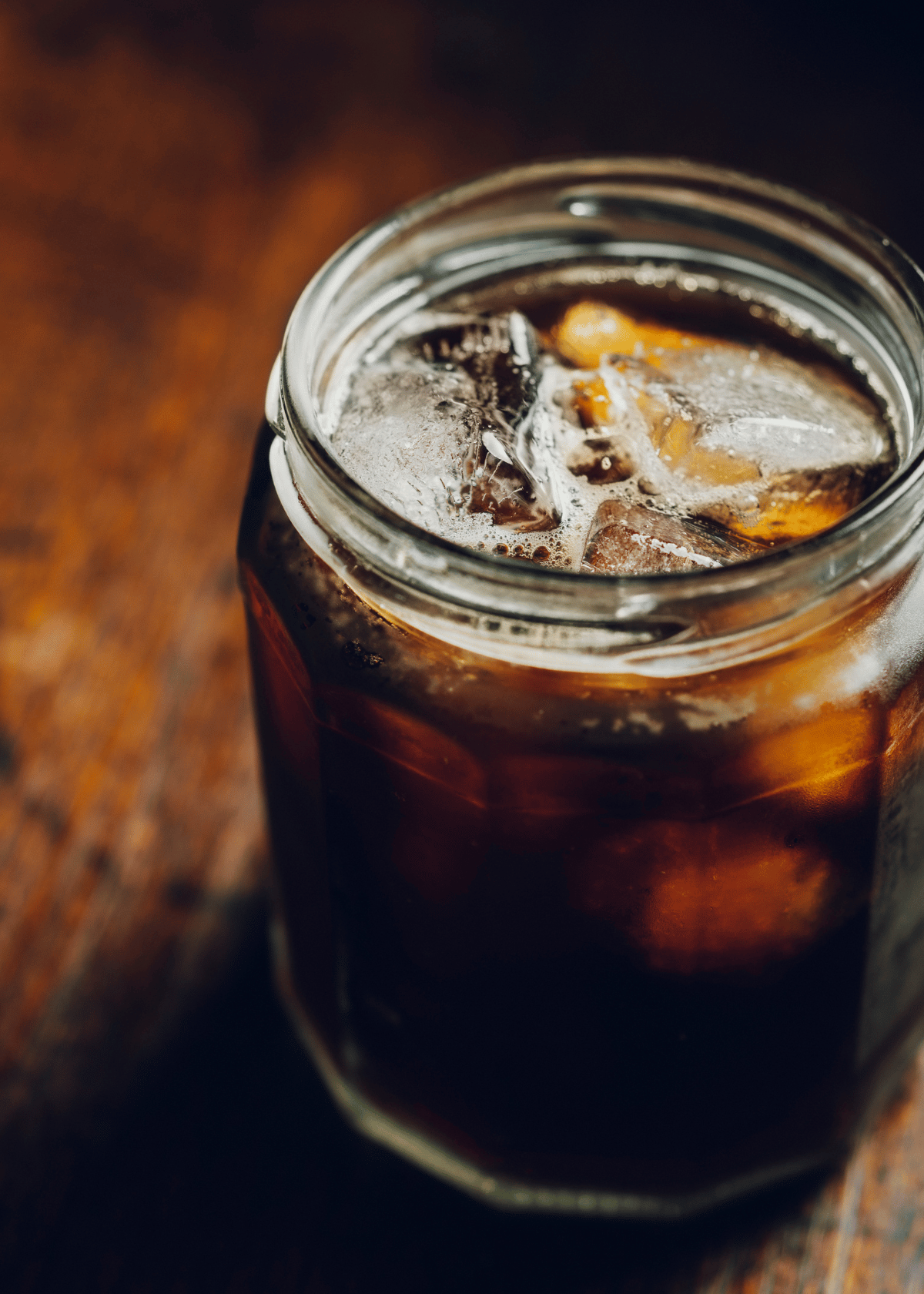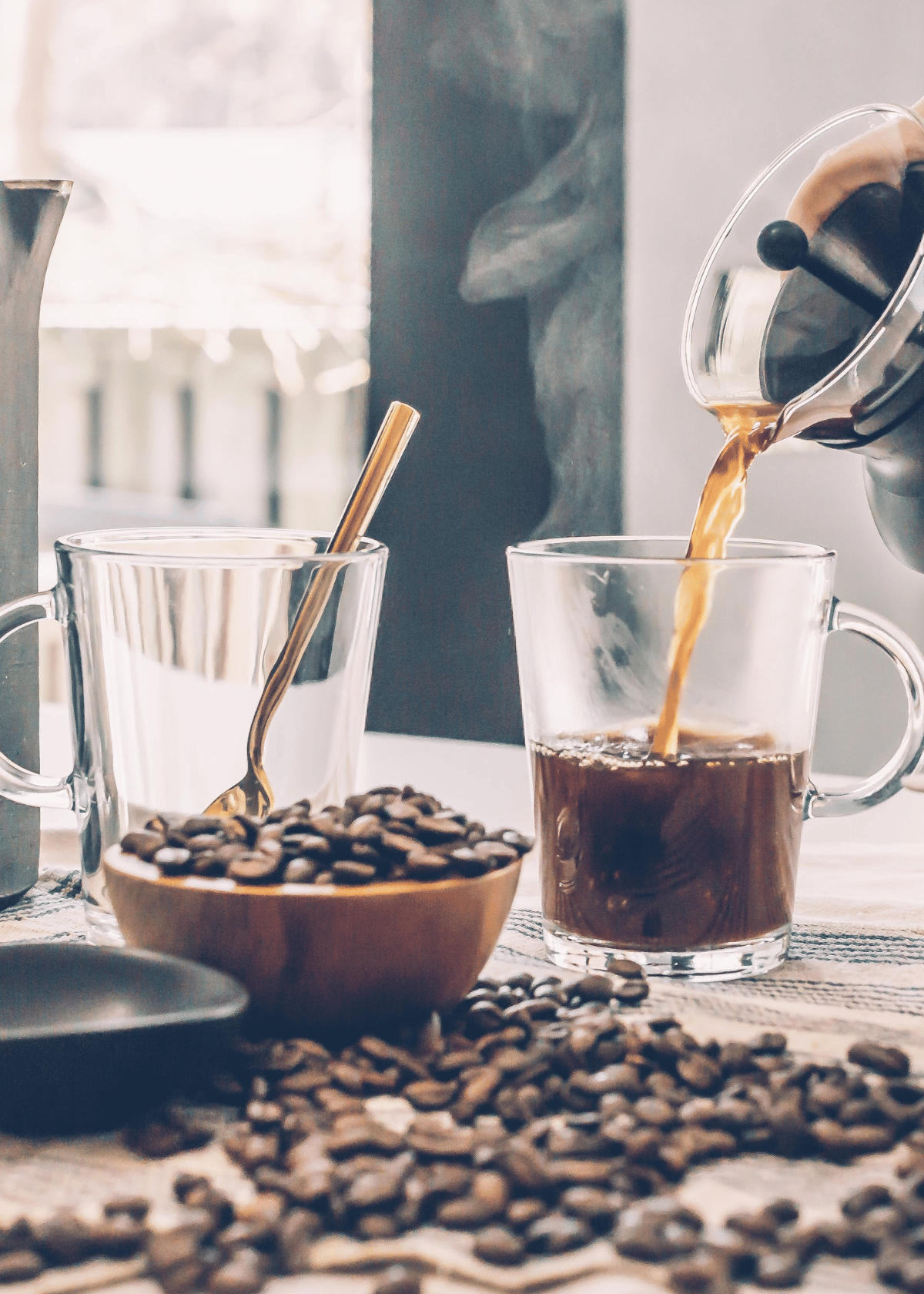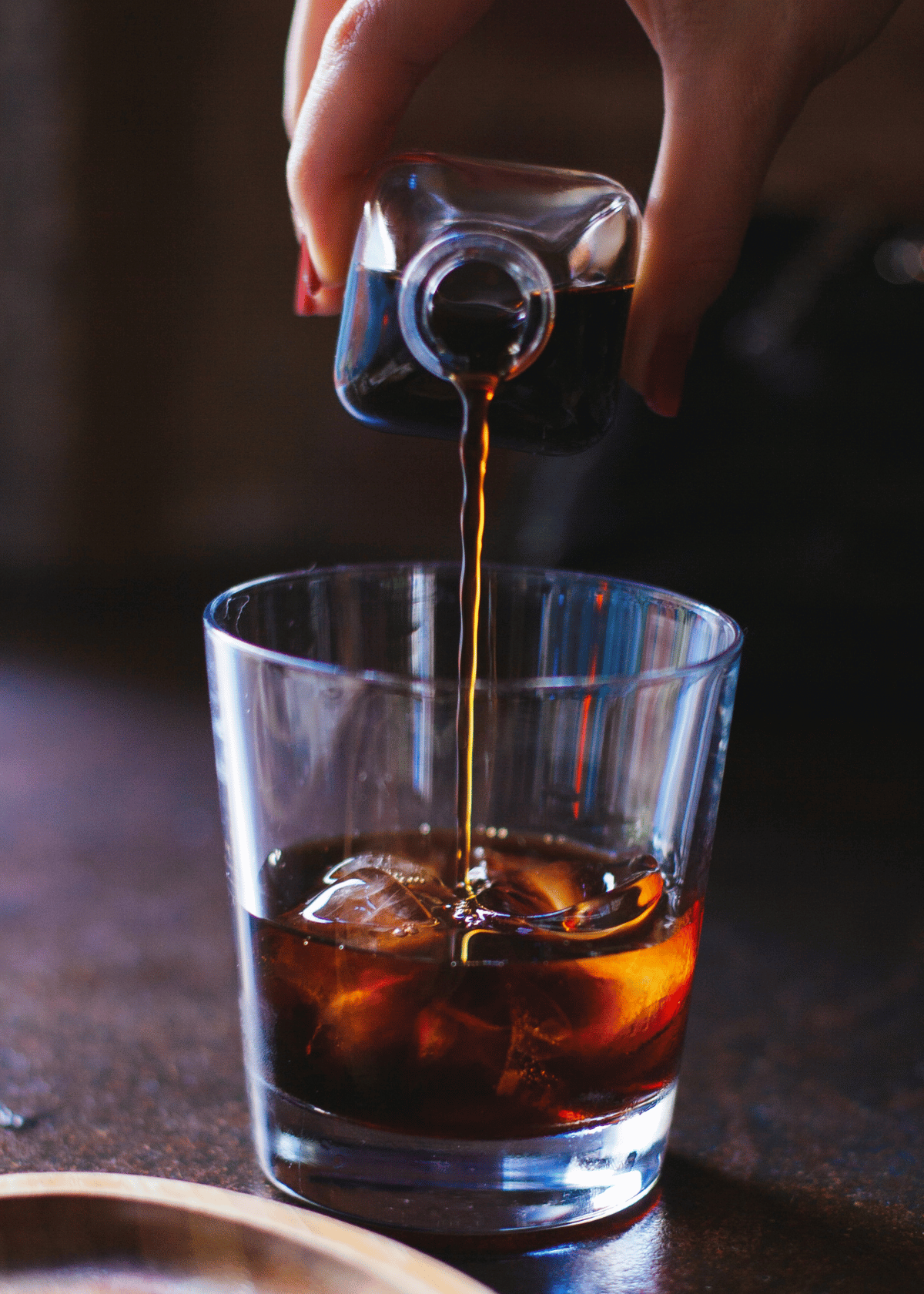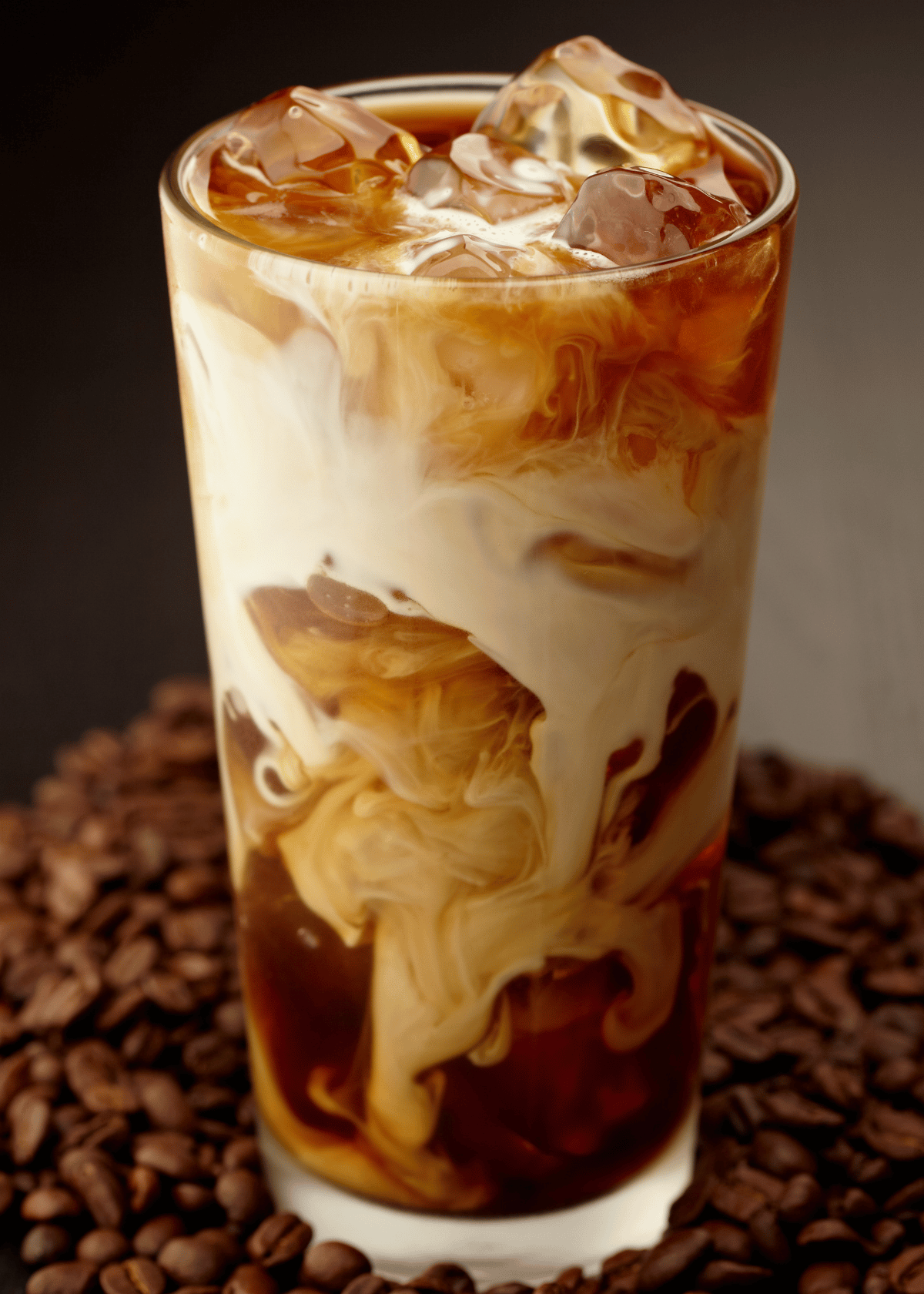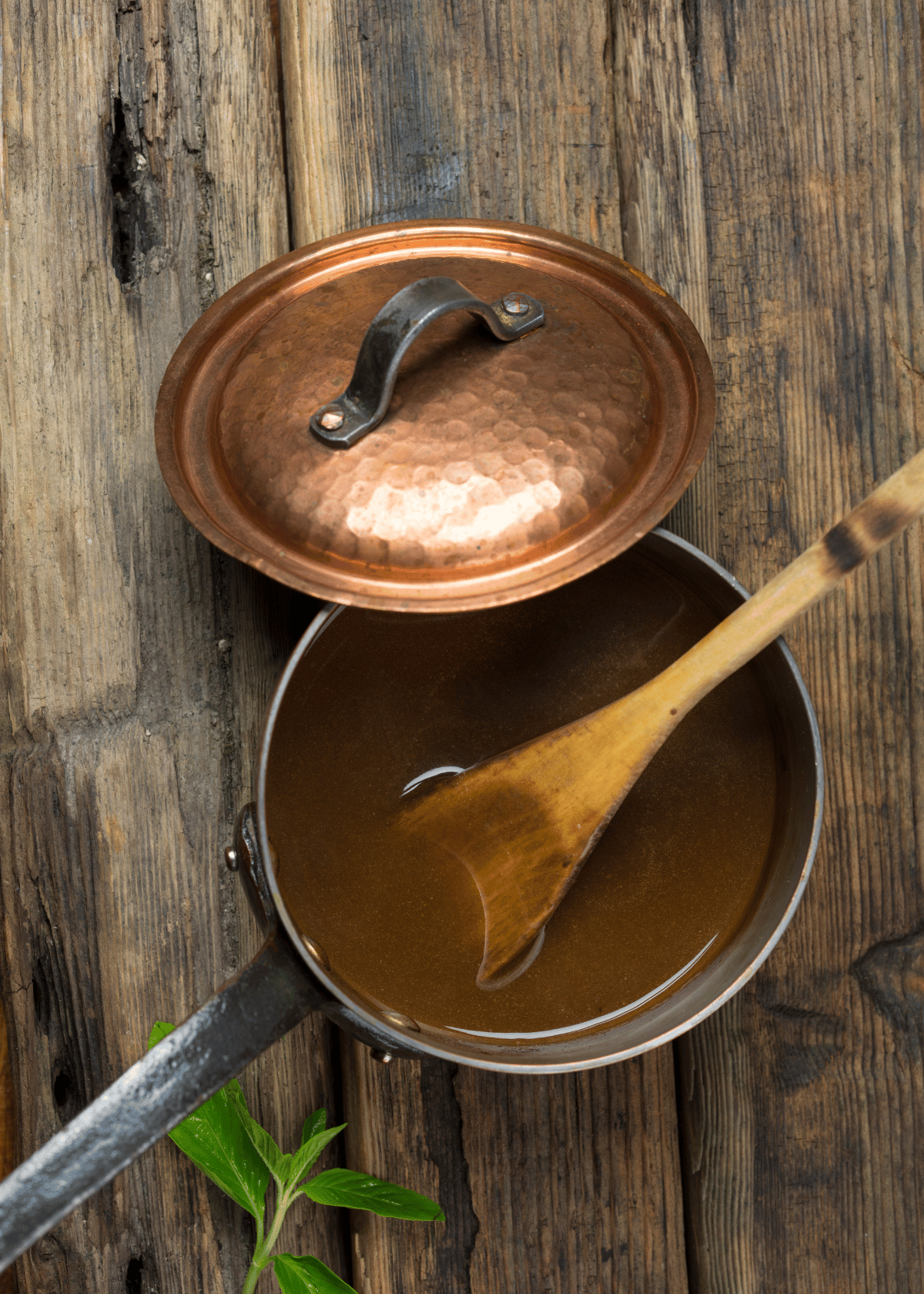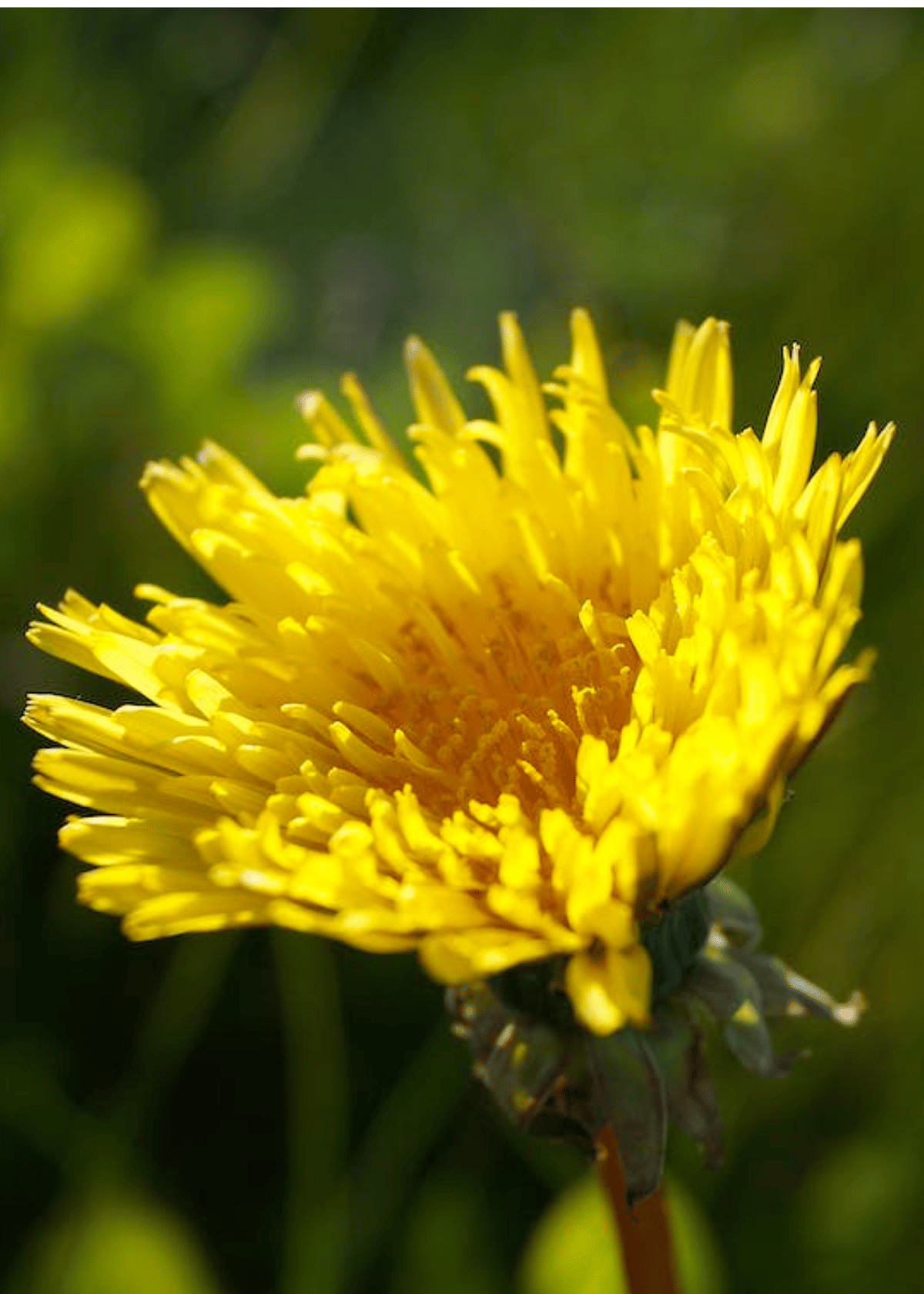If you're like most people, you probably haven't heard of mullein tea. Mullein (Verbascum thapsus) is a plant that is native to Europe and Asia, and has been naturalized to North America. The plant itself is a woolly biennial, meaning that it takes two years to complete its life cycle, and produces a thick, white coat of fuzz on its leaves and stem. The leaves and flowers of the plant are used to make mullein tea.
Mullein Tea Benefits
Mullein tea has a long history of use as a medicinal herb. The most well-known use for mullein tea is as a treatment for respiratory ailments such as bronchitis, asthma, and coughs. Mullein tea is thought to be helpful in treating these ailments because it contains compounds that are expectorants and demulcents. Expectorants help to thin mucus so that it can be more easily coughed up, while demulcents have a soothing effect on irritated membranes. In addition to its use as a respiratory aid, mullein tea is also sometimes used as a gentle laxative.
How to Make Mullein Tea
If you're interested in trying mullein tea, you can purchase the dried leaves and flowers from many health food stores or online retailers. To make the tea, simply add 1-2 teaspoons of the dried herb to 8 ounces of boiling water and steep for 5-10 minutes. If you find the taste of mullein tea to be too bitter for your liking, you can sweeten it with honey or sugar. You can also add milk to the tea if you prefer.
Conclusion:
If you're interested in trying mullein tea, you can purchase the dried leaves and flowers from many health food stores or online retailers. To make the tea, simply add 1-2 teaspoons of the dried herb to 8 ounces of boiling water and steep for 5-10 minutes. If you find the taste of mullein tea to be too bitter for your liking, you can sweeten it with honey or sugar. You can also add milk to the tea if you prefer.
Want to know what is the best tea for covid? Check out our guide here!

